Posted 13 years ago
The Art of Storyboarding
By Kelsey Rude
So you want to direct a film? Or maybe you want to direct a commerical, or a short film, a comedy sketch, a cartoon or even a web series. No matter what you want to direct, there is one thing as a director that I recommend you do above all else: STORYBOARD.
I know it sounds like a lot of work, but trust me it will make you a better director. It will affect every aspect of your shoot - how your cameramen work with you, how organized your set stays and in post it will make or break a relationship with an editor. A storyboard tells everyone involved, exactly how YOU envision the project. If you’re the director, it’s your vision. Even if you know what you want to do, no one else can see into your head. So you have to tell them.
There are tons of ways to storyboard. You don’t have to be an artist to storyboard. I’ve taken art classes all my life and if you asked me to draw or paint an inanimate object or a landscape, I’d be pretty damn good with it. But ask me to draw a person and it’ll look like a 6 year old did it. Some people with artistic abilities actually spend their entire lives as storyboard artists and they can create storyboards that look like graphic novels.
Storyboard from an episode of “The Simpsons”
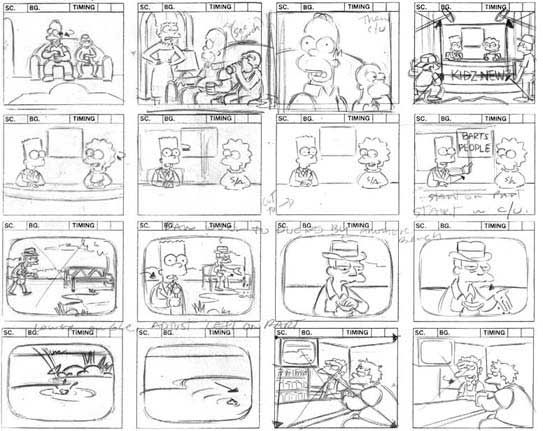
Storyboard from “Aliens vs. Predators”
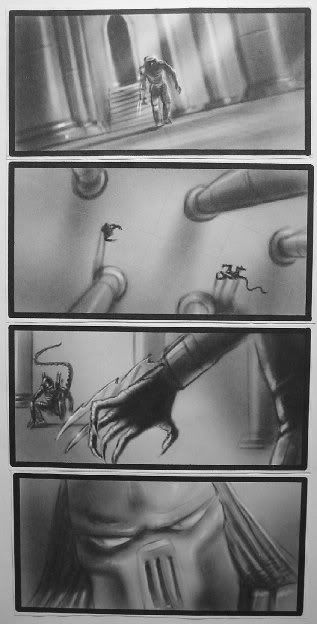
Some storyboards are so long, they span the legnth of entire rooms

I can’t do that. I don’t have the time. So here are two ways I storyboard:
1. Stick figures. You don’t need to be an artist to do this. I like using stick figures because it isn’t as time consuming. I make cells for each cut I want to make and include the type of shot, the action and dialog. That’s just how I do it, because it helps me in the editing process to know where cuts go.
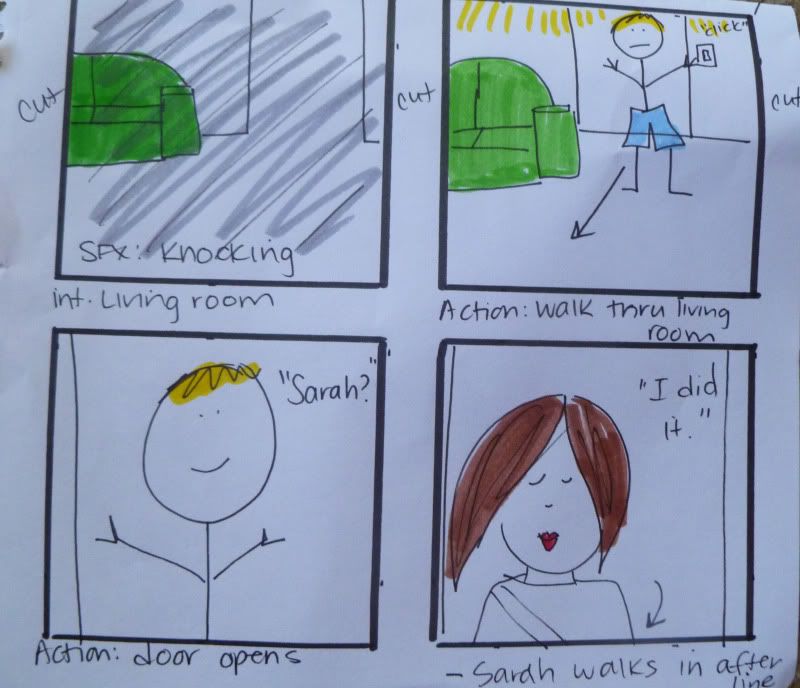
2. Barbies. Yes, you heard me right. I’m actually using Barbies right now to storyboard a short film I’m doing and I LOVE it. It’s simple to do - harder if you have to hold the Barbies and take pictures yourself - and it’s great because it’s more realistic. Sure, their faces don’t move, or their bodies much, but you can test our lighting and using tricks of perception, use actual sets and furniture to make them look like they’re actually life sized. Print them out and you can add action, sluglines and dialog to scenes.

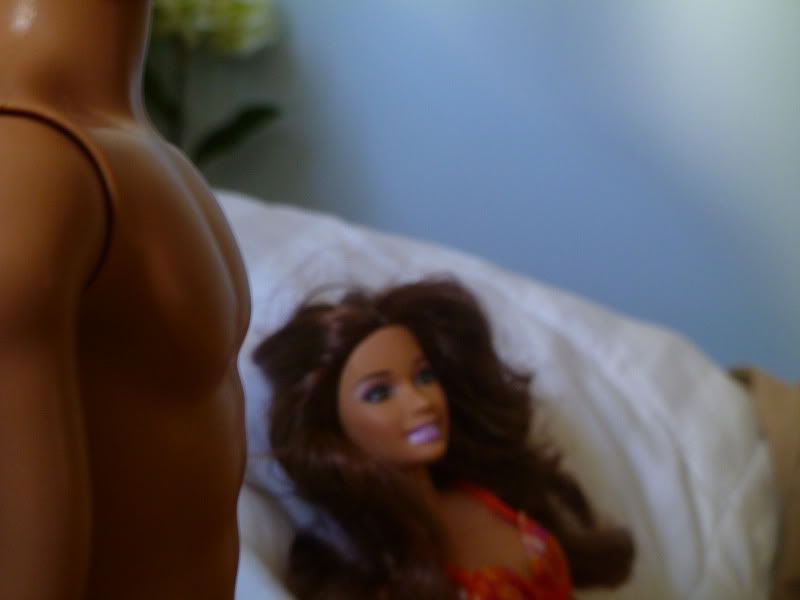
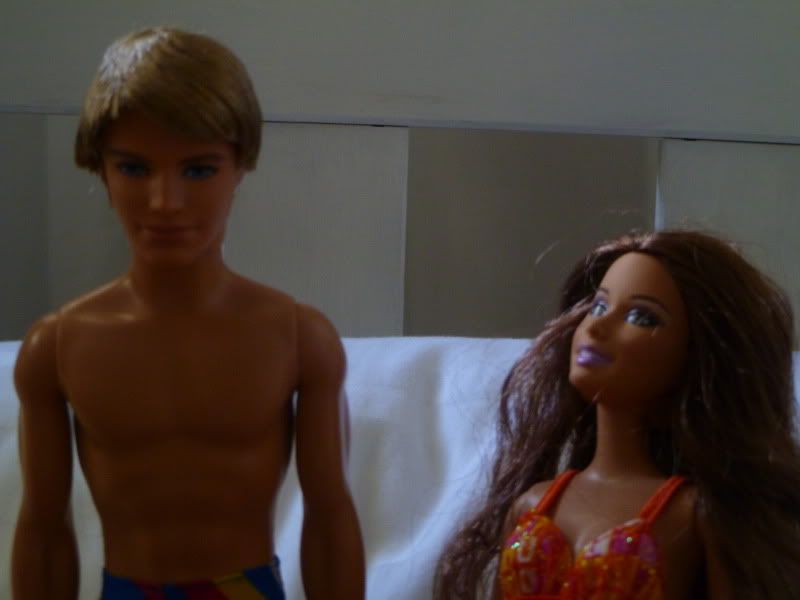
Good luck!
Replies
Likes
thejefflamb liked this
departmentoflightandsound reblogged this from theempirehustle-blog
goingforpicture liked this
prettygoose reblogged this from theempirehustle-blog
theempirehustle-blog posted this
